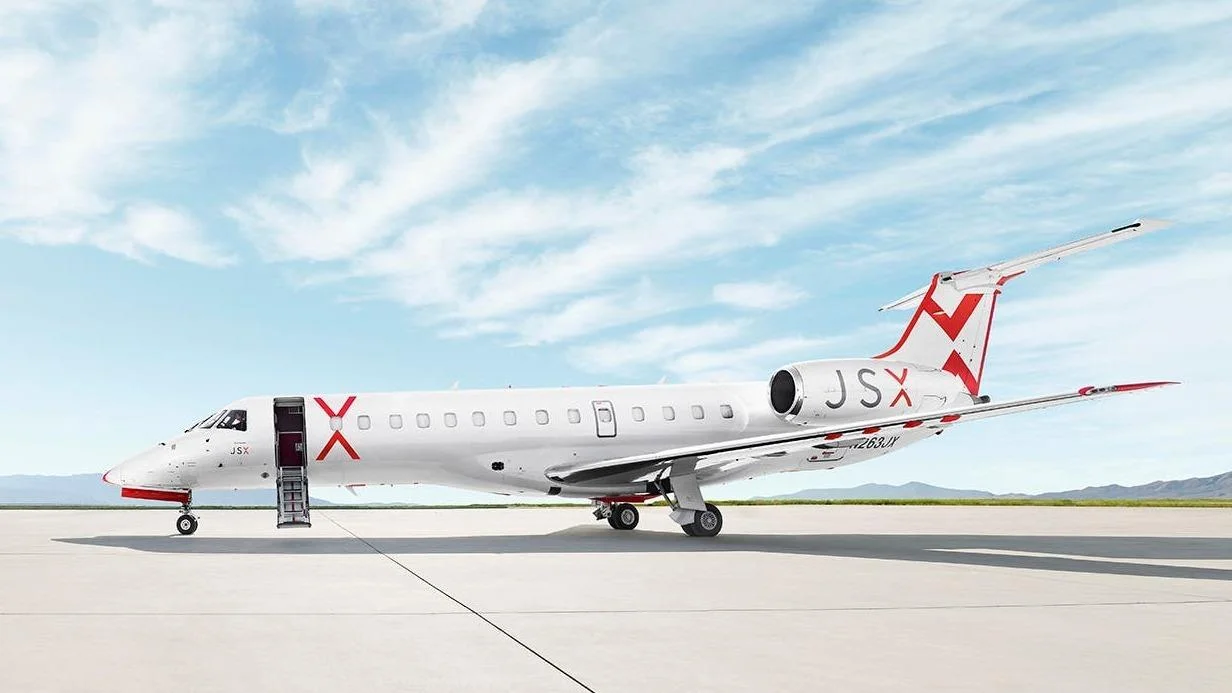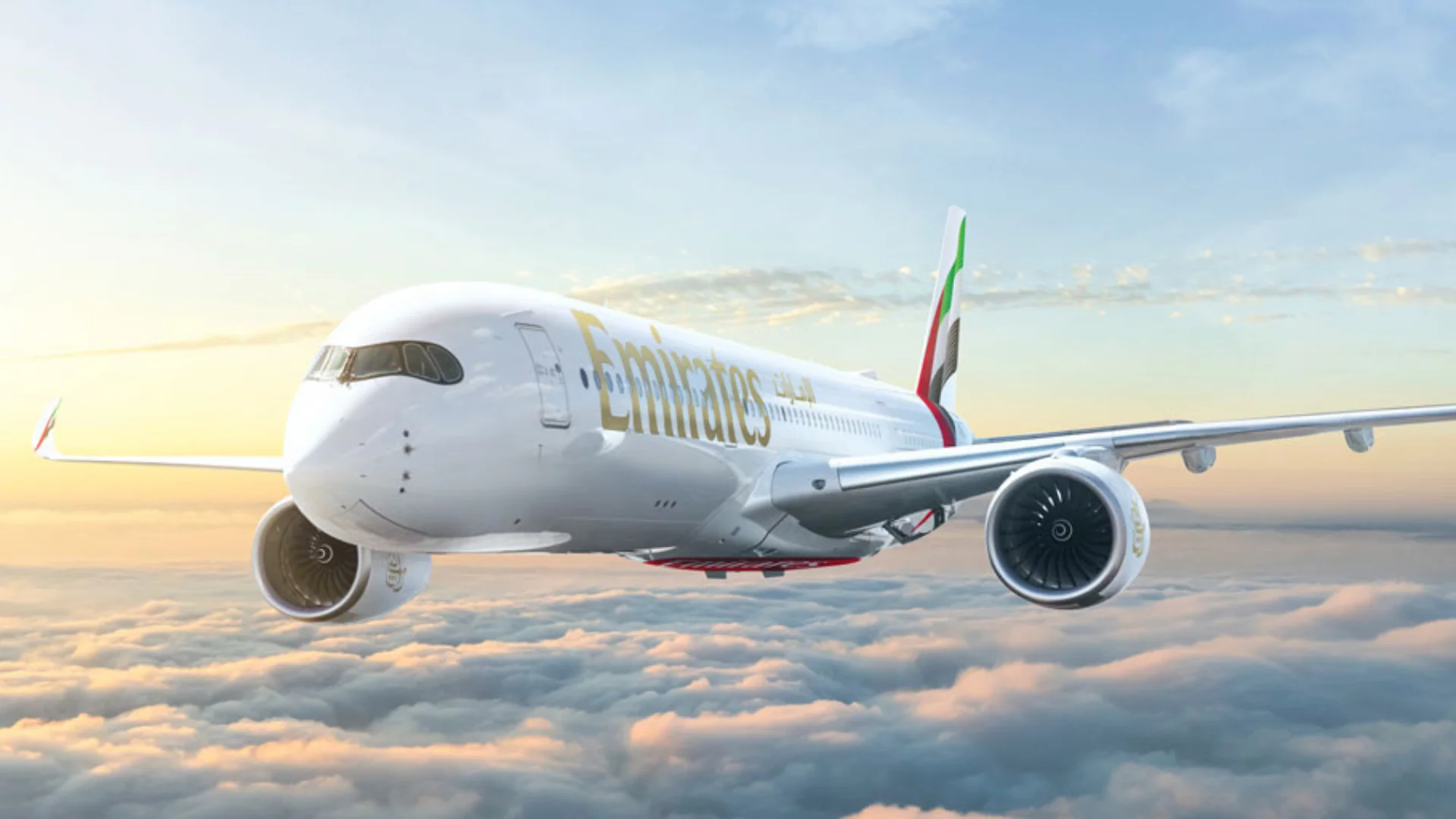In one example from Callback, the crew of a corporate-operated Hawker 750 found themselves 400 feet too low while flying an RNAV instrument approach to LNAV/VNAV minimums. Several factors contributed to this event, including heavy rain around the airport and the pilot monitoring (PM) being too focused on programming the FMS rather than watching the pilot flying (PF), mode selections, and autopilot status.
The company’s procedure was to set the final approach fix (FAF) altitude in the altitude pre-select window and use VNAV to descend and cross above any intermediate stepdown fixes. Once established on the final approach course, the approach mode would be activated to enable descent from FAF altitude to appropriate minimum descent altitude.
According to the PM: “We followed this procedure for this approach; however, somehow the VNAV button got disengaged, which led to the airplane descending below our crossing altitude of 7,500 feet.” The PM noted that nearly simultaneously with ATC advising them of a low-altitude alert; they observed that their aircraft had descended to 7,100 feet. The crew then climbed back to 7,500 feet.
In another instance involving a charter Bombardier Learjet 60 that descended 800 feet below an intermediate fix altitude after having difficulty programming an RNAV (GPS) approach. Time compression and an omitted intermediate fix from FMC database contributed to this event.
The captain explained: “As we were being vectored to join the localizer; we were then issued RNAV (GPS) instead…After adjusting FMS for GPS approach; we crossed initial approach fix at 13;000 feet started approach.” The captain identified an intermediate fix with crossing altitude missing from FMS at 12;900 feet was missing from FMS database.
The captain continued: “Not seeing this fix in FMS previously briefed different approach little time set up brief completely different approach proceeded down FAF altitude 12;200 feet.” Upon leveling off ATC issued low-altitude alert stated MEA sector was 13;000 feet initiated go-around realizing error occurred further verification intermediate fixes crossing altitudes necessary.”
According Flight Safety Foundation Approach-and-Landing Accident Reduction Toolkit Briefing Note Automation full potential automation maintain situational awareness understanding interface between pilot human automation machine required better understand system pilot must answer following questions:
What did I tell aircraft do?
Is aircraft doing what I told it do?
What did I plan for aircraft do next?
FSF suggests automated flight control systems must always monitored by:
Cross-checking status autopilot/flight director autothrottle modes armed selected flight mode annunciator;
Observing result target entry mode control panel related data displayed primary flight navigation displays;
Supervising resulting autopilot/flight director guidance autothrottle operation primary flight navigation displays.
Generally FMS entries considered strategic plan whereas direct entries mode control panel more tactical accomplish short-term modifications desired flight path
Pilots proficient using all levels automation able select lower level automation when required include reverting hand flying Pilots engage active monitoring role identify correct flight path energy state deviations
Finally according FSF safe efficient use AFS flight management system based three-step method
Anticipate Understand system operation results action aware modes being armed selected seek concurrence other flight crewmembers
Execute Perform action AFS control panel FMS control display unit CDU
Confirm Cross-check armed modes selected modes target entries FMA primary flight display navigation display FMS CDU
Opinions expressed column author not necessarily endorsed AIN Media Group
 Alerts Sign-up
Alerts Sign-up





































